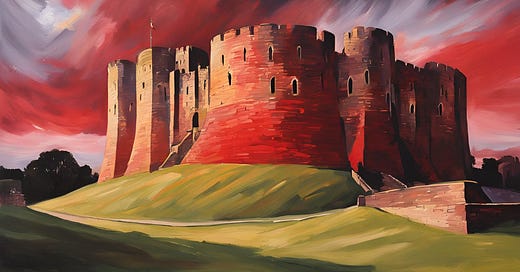Clifford's Tower, a prominent landmark in York, stands as a stark reminder of the city's complex and often brutal past. Originally built by William the Conqueror to suppress rebellion, this site has witnessed centuries of history, but none so devastating as the events of 1190.
Tensions between York's Christian and Jewish communities had reached a boiling point. Rumors of King Richard I's decree to massacre Jews, coupled with resentment over debts owed to Jewish moneylenders, fueled animosity and violence. Faced with escalating threats, the entire Jewish community of York, numbering around 150 souls, sought sanctuary within the castle, likely taking refuge in the wooden tower that then stood atop the mound where Clifford's Tower now stands.
Tragically, trust between the Jewish community and the castle keeper quickly eroded. When the keeper left the castle grounds and was subsequently denied re-entry, an angry mob, bolstered by local troops, stormed the fortification. Escape was impossible. Faced with the horrific prospect of slaughter at the hands of the mob, a rabbi is said to have urged the community to an even more dreadful act: collective suicide. Historical accounts describe fathers taking the lives of their families and setting fire to the tower before taking their own lives. Those who didn't perish by their own hand succumbed to the flames or the brutality of the mob.
The castle was rebuilt soon after, with the wooden tower eventually replaced by the stone structure we see today. King Henry III commissioned this new stone tower in the mid-13th century.
A chilling legend shrouds Clifford's Tower. Soon after its reconstruction, the stones are said to have turned blood red, a ghastly reflection of the massacre. While modern science attributes this coloration to iron oxide (rust) in the sandstone, the legend persists, a potent symbol of the immense suffering that occurred there. Intriguingly, the podcast Wyrd Wessex notes that no other stone from the same quarry has ever shown traces of iron oxide, adding fuel to the mystery.
Today, Clifford's Tower stands as a monument to both rebellion and tragedy. Its imposing presence overlooks the city, a silent witness to centuries of change. But it's the echoes of 1190 that resonate most strongly, a chilling reminder of the dark side of history and the devastating consequences of intolerance.
Check out episode 14 of Wyrd Wessex for more on York here
Or watch it on YouTube here



